Is ADA Compliance the Same as 508 Compliance?
Is ADA Compliance the Same as 508 Compliance?


Section 508 applies only to government sites whereas the ADA applies to private businesses. Both regulations have different compliance requirements organizations need to adhere to. We’ll cover those differences in more detail below.
The Americans with Disabilities Act (ADA), which is a civil rights law, requires U.S. businesses that serve the public to provide equal access for people with disabilities. According to the Department of Justice (DOJ), the law applies to digital content and services. However, the ADA is just one of the laws that prohibit discrimination on the basis of disability. Section 508 of the Rehabilitation Act is another major accessibility law.
Section 508 requires federal government agencies to make all information and communication technology (ICT) free of “undue burden” for employees and users with disabilities.
So is ADA compliance the same as Section 508 compliance? Technically, no — but the practical requirements of each federal law often overlap. Here’s a breakdown of the differences and similarities between ADA and 508 and how they each uniquely relate to digital accessibility.

ADA vs. Section 508 of the Rehabilitation Act: Key Differences and Similarities
The ADA and Section 508 share the same goal of eliminating discrimination against people with disabilities, but they apply to different types of organizations. The differences in audience is the most important distinction between the ADA and Section 508.
For example, the ADA applies to businesses “open to the public” as well as state and local governments. This includes businesses that serve members of the public, including restaurants, hotels, public transportation, movie theaters, and other small businesses. This also includes online spaces, including operating systems, web pages, social media content, telecommunications, and other digital content.
On the other hand, Section 508 applies to federal agencies, federal employees, organizations who receive government funding, and service providers of organizations that receive federal funding. To meet Section 508 standards, organizations need to ensure their ICT is accessible to individuals with disabilities, including:
- Videos
- Multimedia content
- Electronic documents, including PDF files
- Emails
- Mobile and web applications
- Websites and webpages
The difference between the audiences served is arguably the biggest difference between the ADA and Section 508. Another key difference between the two mandates is the comparatively narrow scope of Section 508. The ADA is extremely broad and applies to both public and private organizations. Additionally, it addresses accessibility in the workplace, in physical spaces, and, increasingly, online. Section 508 is only concerned with ICT accessibility, which includes websites.
Despite the differences between the two regulations, they have similar requirements for compliance. Both enforce the latest standards included in the Web Content Accessibility Guidelines (WCAG).
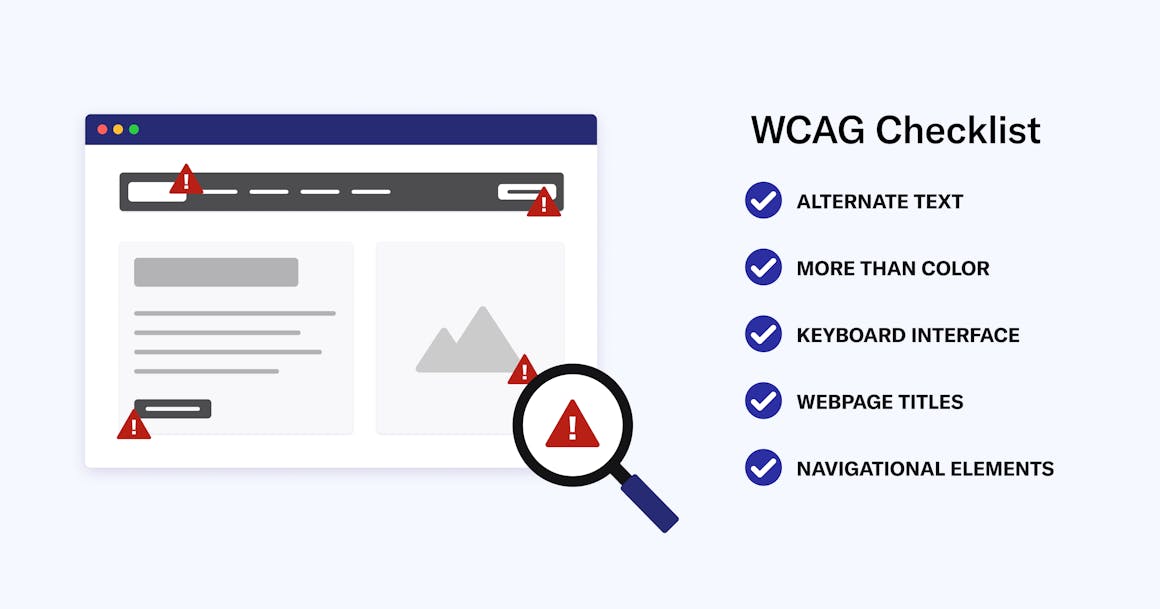
WCAG in ADA and Section 508 Compliance
WCAG provides authoritative standards for accessible web design. Published and revised by the World Wide Web Consortium (W3C). WCAG lists distinct “success criteria” for websites and other digital formats. These criteria allow webmasters to find and improve site elements that fail to comply with the ADA or Section 508.
Following a 2018 update, Section 508 explicitly requires official websites to conform to WCAG 2.0 Level AA standards. (WCAG has three levels of conformance — from A to AAA. Level AA includes all the Level A success criteria with additional requirements to support assistive technologies, such as screen readers).
While the ADA doesn’t include specific technical requirements for accessibility compliance, the DOJ (which is responsible for enforcing the law) has repeatedly recommended WCAG as a leading tool to help with ADA compliance.
It is important to note that while the W3C released WCAG 2.2 in October 2023, organizations are not yet required to meet this conformance level. However, it’s recommended that the nine new accessibility standards introduced in WCAG 2.2 be addressed as quickly as possible to avoid legal action or disruptions to the customer experience.
So whether you’re concerned with creating an ADA-compliant website, complying with Section 508, or both, strive to conform with WCAG 2.0 Level AA success criteria. The first step to meeting Level AA requirements: identifying existing WCAG failures on your site.
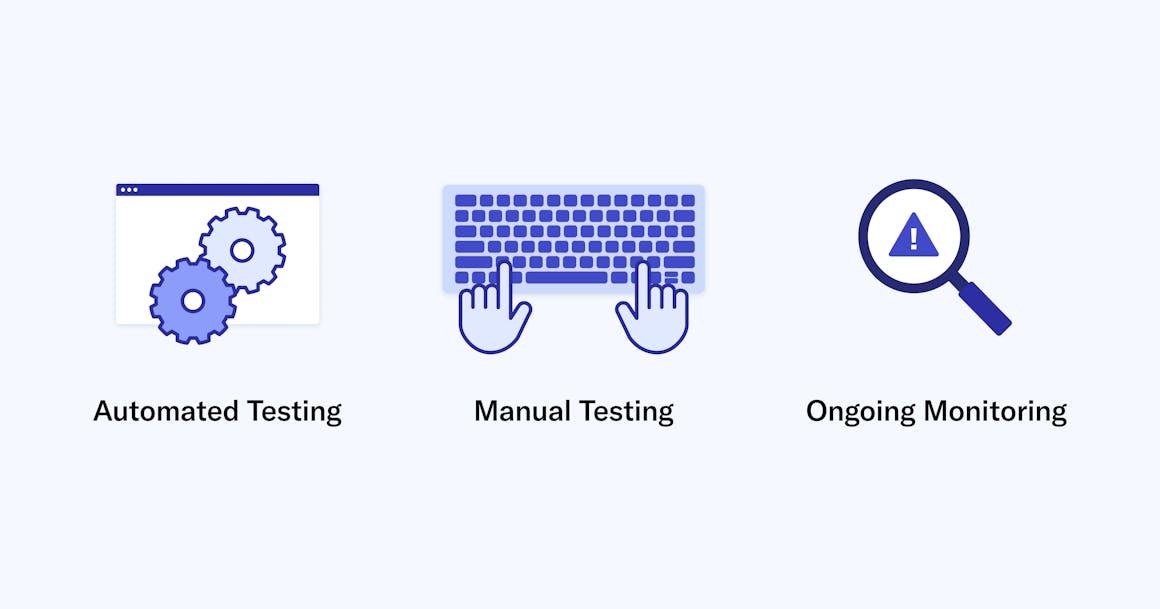
Testing Your Website for ADA or Section 508 Compliance
With more than 70 WCAG 2.0 success criteria to cover, it’s not easy to test your website for Level AA standards on your own. Luckily, there are accessibility tools and experts available to help. Additionally, a 508 compliance checklist can be a helpful tool for testing your website for 508 and ADA compliance. The list can help ensure you’re covering all necessary criteria and can serve as a reference during the testing process.
1. Automated Testing for ADA and Section 508 Compliance
Web accessibility testing (including ADA and Section 508 testing) can be either automated or manual. Both types are necessary for building and maintaining accessible digital content.
Accessibility testing can uncover valuable opportunities for improvement. While automated accessibility testing tools are not complete substitutes for human testing, they do provide a great first step for improving website accessibility. Scanning your website with automated tools can discover accessibility flaws, such as:
- Missing text descriptions (also known as alt text) for images
- Lack of captioning in videos
- Unlabeled navigation buttons
- Confusing HTML header configuration
- Low color contrast
One of the benefits of using automated testing tools is they can quickly determine if your site meets common accessibility criteria. For example, a color contrast checker can check your site’s color scheme for accessibility. According to WCAG, text must have a contrast ratio of at least 4.5:1 (the first numeral represents the brightness of the text, while the latter number represents the background). This tool enables you to check ratios in seconds, saving valuable time.
Of course, WCAG includes more subjective criteria like providing clear instructions and accurate alt text — both of which are things software alone can’t detect. That’s where human judgment and expert testing is needed.
2. Manual Testing for ADA and Section 508 Compliance
Accessibility experts uncover WCAG failures that automated solutions today can’t detect. They may use assistive technology, such as screen readers, magnification software, or alternative input devices. This allows testers to experience your website like a broad audience of real-life users, identifying accessibility flaws that automated tools don’t.
For example, AudioEye offers custom testing and remediation services performed by experts accredited with the International Association of Accessibility Professionals (IAAP). We also work closely with members of the AudioEye A11iance, who have disabilities and use assistive devices every day, to provide further testing and critical insight.
3. Ongoing Monitoring and Remediation
Often, businesses assume that implementing a simple widget, fixing a handful of accessibility issues, incorporating a few accessibility features, or manually auditing their sites on a quarterly basis is enough to meet accessibility requirements. In reality, accessibility is an ongoing effort that requires continuous monitoring and review.
For example, AudioEye’s Active Monitoring software regularly tests for new accessibility issues, gathering information across all users and pages of a website, then deploys automated remediations. That information is then shared with site owners via Issue Reporting in a centralized, user-friendly dashboard. With these reports, you’ll have a real-time, granular understanding of which accessibility issues were found on your site, which issues were fixed, and which ones need manual intervention.
Take the First Step Towards Meeting Accessibility Laws
Meeting Section 508 and ADA compliance can yield numerous benefits for your business — from following U.S. accessibility laws to improving the experience for disabled users. And with AudioEye, finding and fixing accessibility issues is faster and easier than ever.
By combining our Active Monitoring with expert testing, you get the best of both worlds: a fast, low-cost way of detecting and resolving the majority of emerging accessibility problems as your website changes, plus human testing and remediation for more complex issues that require more expertise and judgment.
Ready to take the first step towards ADA and Section 508 compliance? Scan your website now with our Website Accessibility Checker.
Ready to test your website for accessibility?
Share post
Topics:
Keep Reading
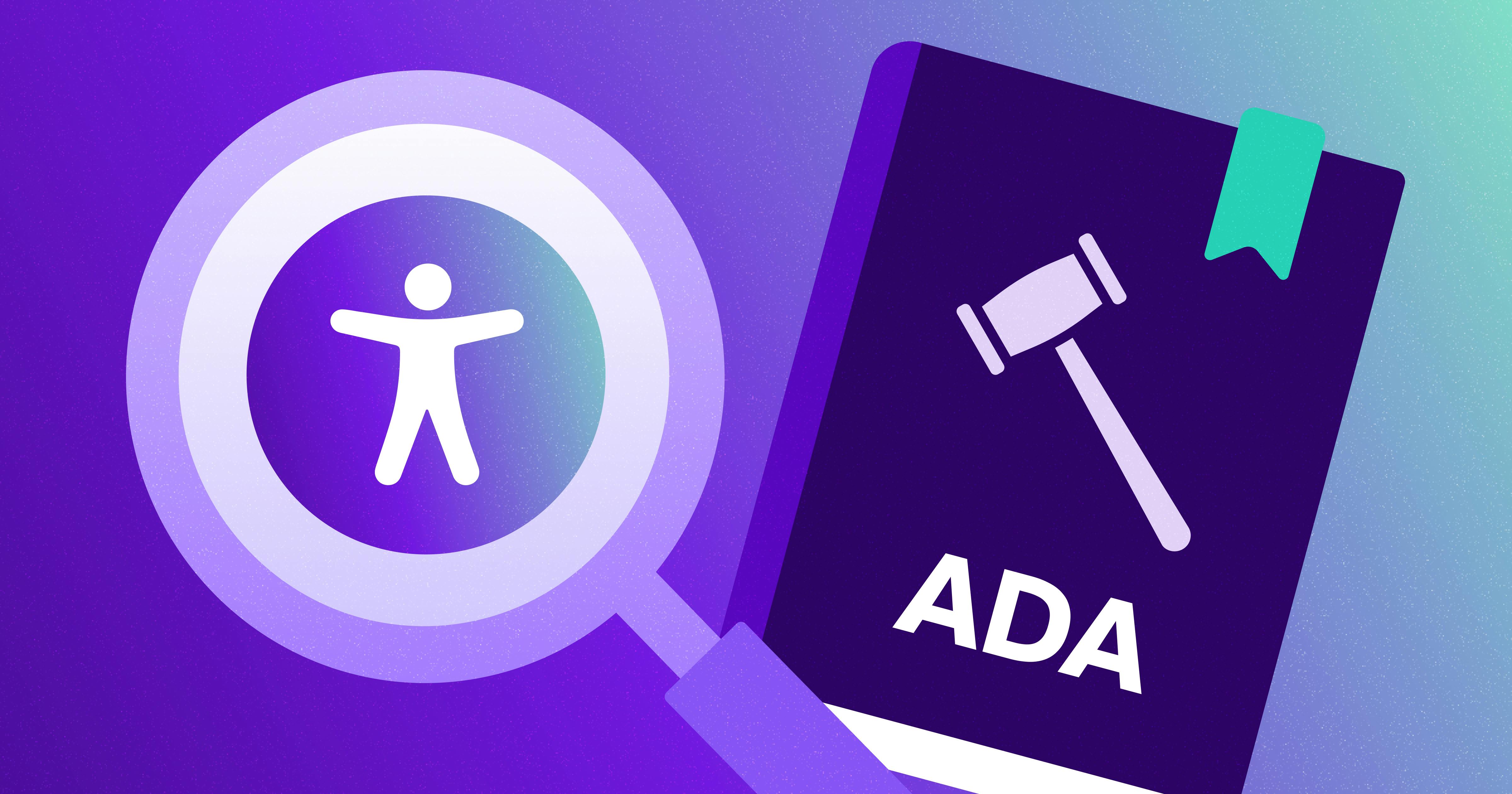
ADA Audit 101: Is Your Website ADA Compliant?
The ADA audit is a meaningful contribution to a more accessible internet. Learn what an audit is, how to run one, and use our free tool to take the first step.
compliance
April 26, 2024
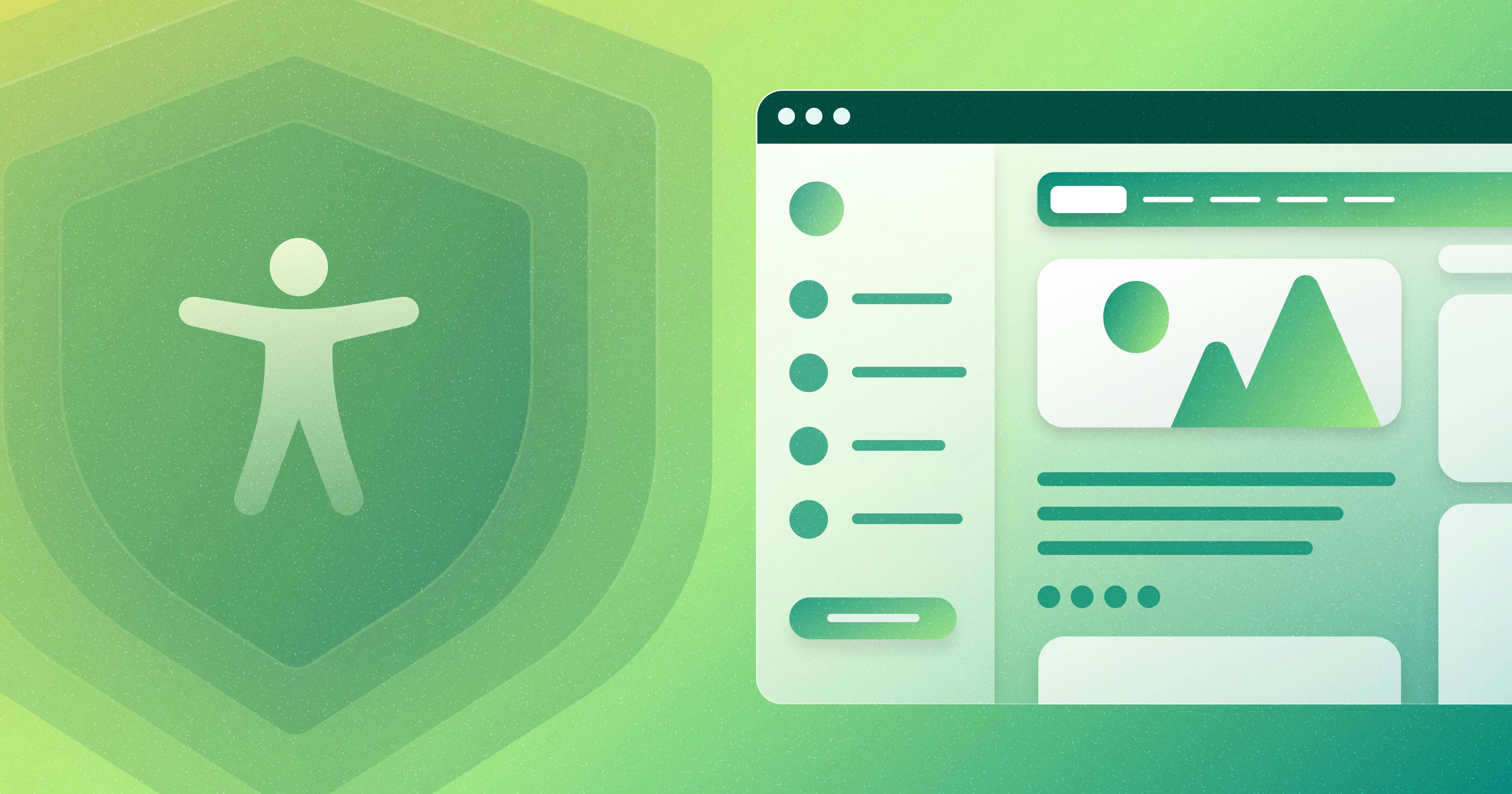
Is My Website ADA Compliant? How to Check Your Digital Content
Is your website compliant with ADA standards? Learn how to check your website for ADA compliance with accessibility tools and accessibility best practices.
compliance
March 21, 2024
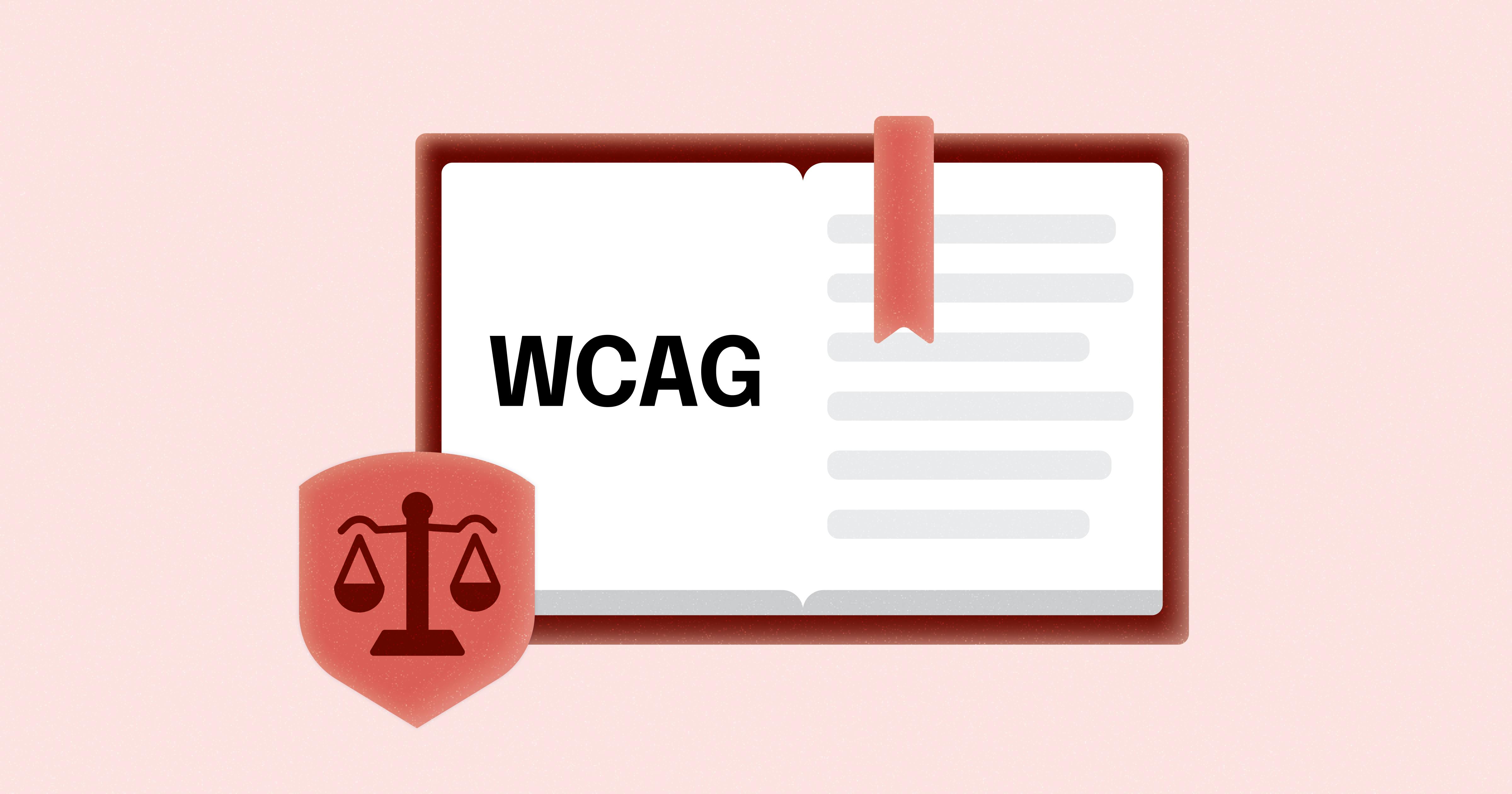
Breaking Down the Latest Web Accessibility Compliance Updates
Learn about the latest accessibility laws and guidelines
compliance
March 11, 2024
